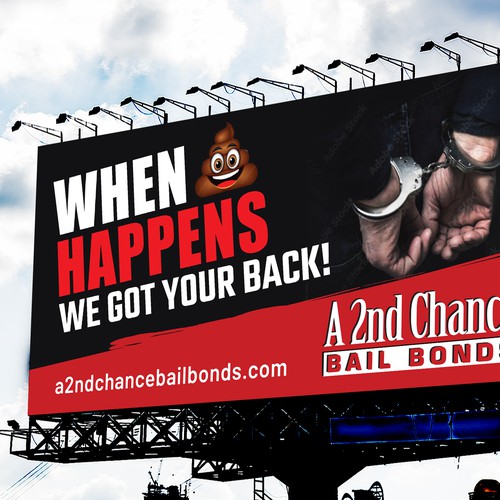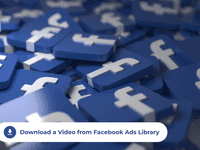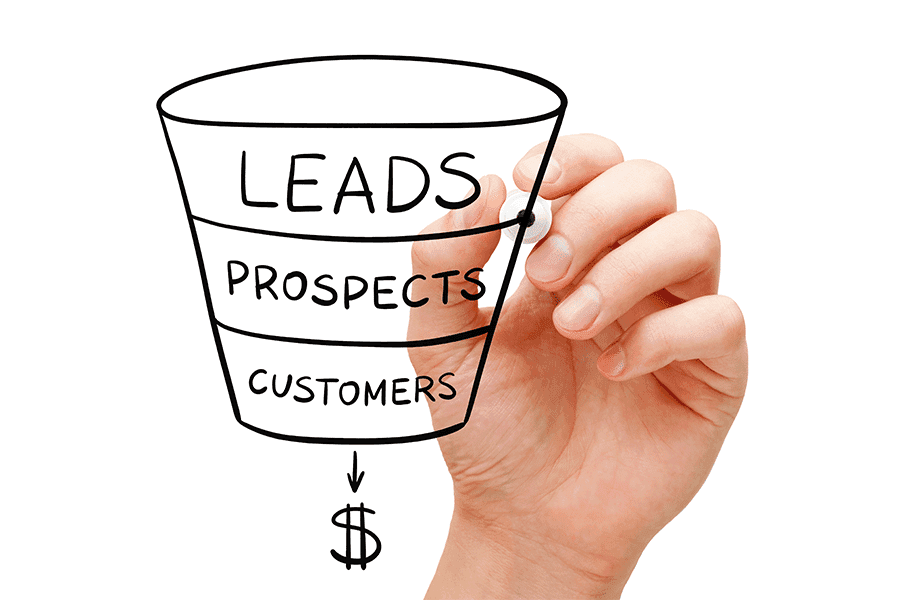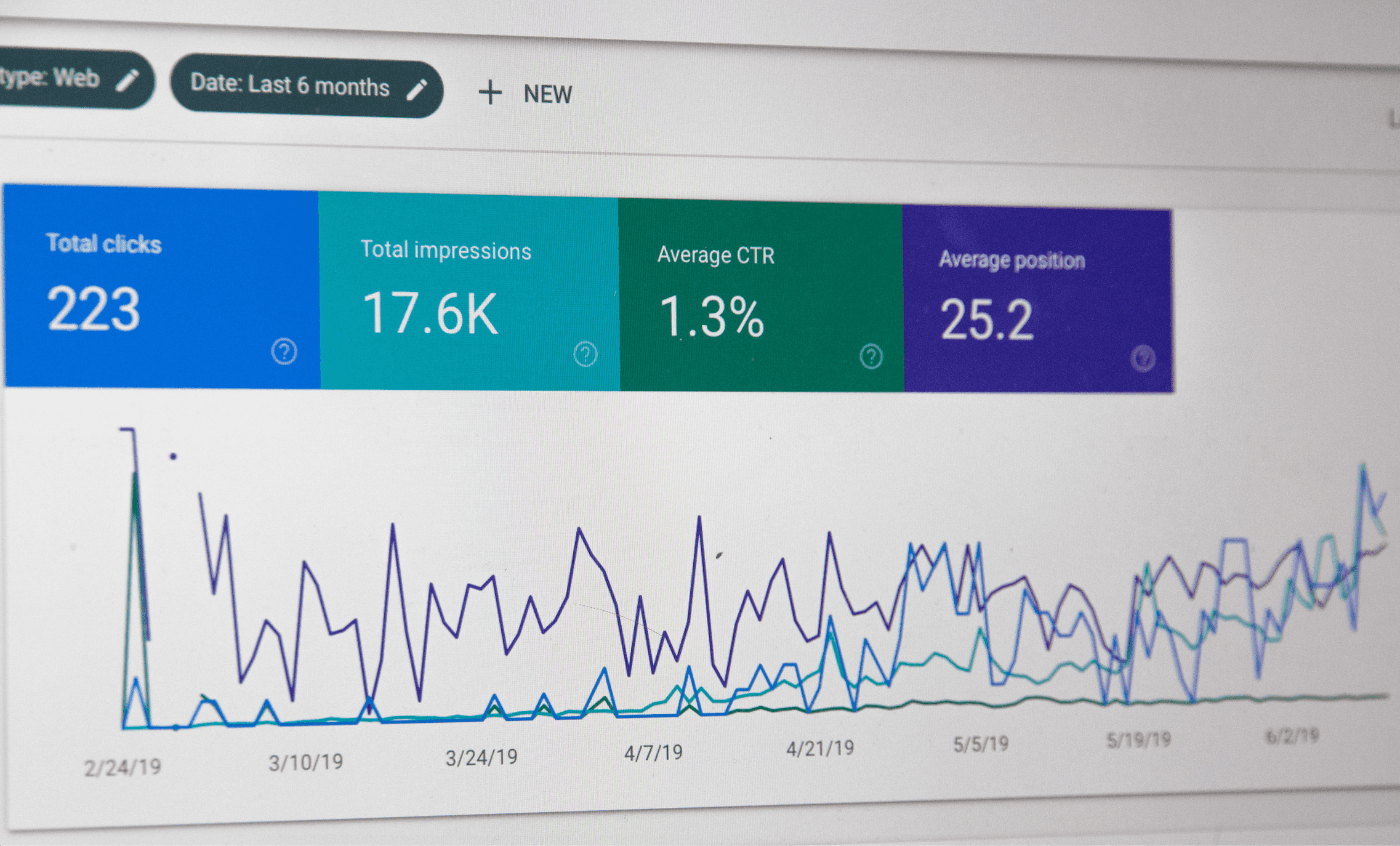The AIDA Formula: How to Use it Effectively in Copywriting

Mastering copywriting formulas is not just an advantage; it’s a necessity for businesses aiming to stand out. The AIDA formula for copywriting—Attention, Interest, Desire, Action—serves as the backbone of effective copywriting. It offers a proven structure for engaging potential customers and driving conversions.
This guide is designed to equip you with the knowledge and tools needed to implement the AIDA formula for copywriting successfully. Adopting this strategic approach allows your messaging to capture attention and motivate action, which should ultimately lead to increased sales and higher levels of customer engagement.
Step 1: Attention

Attention marketing focuses on creating content and experiences that grab potential customers’ interest. It’s vital because it’s the first step in engaging consumers. It sets the stage for deeper interaction and ultimately drives sales.
How to grab attention
In reality, you have very little time to grab someone’s attention before someone quickly scrolls past your content. According to Red Crow Marketing, the average person sees 4,000 – 10,000 brand exposures and 360 advertisement exposures per day!
Most of the advertisements you see are quick impressions: the brand on the box of cereal in the morning, ads as you scroll through on Facebook, or a billboard while you are walking. And most of the ads that you see you do not notice or pay attention to. Why? Because they often miss this initial step of grabbing your attention.
If you want your content to grab your audience’s attention, here are 5 ways you can do it:
- Kick Off with a Bang: Use bold statements or intriguing questions right off the bat to make people take notice. It’s like walking into the room and starting with a line that makes everyone pause and listen.
- Visual Surprises: Employ images or visuals that defy expectations—think unusual angles or contrasting colors to make viewers do a double-take. Upside-down images, vibrant colors clashing, or something just out of the ordinary can make people stop scrolling. We call this pattern interruption. This image is a great example of this. The first part of the ad is unexpectedly brazen and makes it almost impossible not to read the rest of it.

- Make a Promise: Your opening should hint at a compelling benefit or insight, suggesting that sticking around will be worth your audience’s time. It’s the “there’s something in it for you” vibe that hooks them. Here’s an example:

- Leverage Curiosity Gaps: Introduce just enough information to pique interest but leave enough out to spark curiosity. Compel your audience to seek more.
- Break the Mold: Do something unexpected compared to the norm in your niche, whether it’s a unique format, style, or approach. If every other post starts quietly, you start loud. If they go left, you swerve right. It’s about breaking the monotony and delivering something fresh.
Avoid Click Baiting: Clickbait is when you click on the title and are led to an article that is basically garbage or lacks any true information. Do not do this.
Step 2: Interest

In the AIDA formula for copywriting, after grabbing your audience’s attention, your next goal is to pique their interest. Here’s how you can create deeper engagement and interest in your copy:
- Storytelling: Craft narratives that relate to your audience’s experiences or aspirations. A good story can transport readers, making your message more memorable and relatable.
- Surprising facts or statistics: Introduce unexpected insights that challenge common beliefs or reveal new opportunities. This can spark curiosity and keep readers hooked.
- Benefits over features: Highlight how your product or service can improve the reader’s life. Focus on emotional and practical benefits rather than just listing features.
- Provocative questions: Pose questions that make your audience reflect on their current situation or aspirations. This encourages them to seek answers, further engaging with your content.
- Visuals and infographics: Use compelling visuals or infographics to illustrate points, making complex information easier to digest and more interesting.
Leveraging these devices in your copy not only sustains the reader’s interest but also starts to forge a deeper connection between their needs and your offerings.
Example:
Spotify’s “Wrapped” campaign masterfully captures and maintains interest by offering users personalized summaries of their yearly listening habits, like “Your Top Songs” and eye-opening stats, such as “You were in the top 1% of listeners for this artist.” It’s not just fun for current users but also grabs the attention of new ones. When people share their music stories online, it spreads the word. This gets others curious and wanting to see what their own music wrap-up would look like, pulling more folks into trying Spotify.
Keep in mind grabbing attention doesn’t always guarantee sustained interest. Take clickbait: it’s really good at making you look but often fails to keep you hooked. The worst part? When an article ends up not delivering what the headline promised, it leaves a bad taste. People remember that letdown and might decide to steer clear of that site in the future, creating a sense of distrust towards the business. Additionally, overusing clickbait can harm a brand’s reputation over time. This makes it harder to build a loyal audience or customer base who trusts and values the content or services provided.
So, make sure that your content provides interesting information to keep readers coming back for more.
Step 3: Desire
Consider how an advertisement for a luxury cruise can stir a longing within you, even if it’s pricier than other vacation options. It’s not just about the destination; it’s about the experience of luxury, escape, and indulgence it promises. This is where the desire stage of the AIDA formula for copywriting truly shines. It shows that many of our decisions are not governed by practicality and rationality but by what we yearn for at an emotional level.
We’re led by our emotions and use logic to back up those decisions. For instance, seeing an ad for a sleek, new fitness tracker isn’t just about the gadget; it’s about aspiring to be someone who is fit, organized, and in control. Here, the decision is sparked by emotion—envisioning a better version of yourself—and then rationalized by logic, thinking of the health benefits.
By understanding and tapping into these desires, you can craft content that resonates more deeply with your audience, moving them closer to action.
To tap into the desires of the reader in your content, try out these effective tactics:
- Tell a story: Stories that illustrate success, transformation, or satisfaction can help your readers visualize their own potential outcomes, increasing their desire for what you’re offering.
- Highlight benefits, not features: Focus on how your product or service will improve the reader’s life or solve a specific problem. Make the benefits tangible and relatable.
- Use social proof: Incorporate testimonials, reviews, or case studies to show how others have benefited from your offering. Leverage the power of the crowd to fuel desire.
- Create a sense of urgency: Limited-time offers or limited availability can make your proposition more desirable by invoking the fear of missing out (FOMO).
- Appeal to emotions: Use emotionally charged language and imagery to connect on a personal level, tapping into what your audience truly cares about and desires.
- Address pain points: Highlight the challenges your audience faces and show how your product/service provides a solution.
Remember to always speak to someone’s emotions and desires. This is important to get your audience to take action.
Step 4: Action

At the core of the AIDA formula for copywriting, the Action stage transforms potential into actual results. It encourages your audience to take definitive steps—whether it’s purchasing, signing up for a newsletter, scheduling a call, or downloading a guide. These actions directly contribute to a business’s growth by driving revenue, fostering community, and gathering valuable insights.
More than a mere nudge towards a sale, this stage solidifies the relationship between brand and audience, paving the way for ongoing engagement and loyalty.
Central to this phase is the Call-to-Action (CTA), a tool that not only prompts a response but also guides your audience towards these beneficial actions.
Tips for Crafting an Effective CTA:
As we delve into CTAs, it’s important to recognize their power in converting interest into action. A well-crafted CTA acts as a beacon, guiding users towards the desired outcome. To maximize their impact:
- Pitch clearly: Articulate the value of your offering, emphasizing its benefits for the user.
- Keep it concise: A simple, straightforward CTA cuts through clutter, making the decision process easier.
- Limit choices: Offering fewer options reduces hesitation and streamlines action.
- Create urgency: Urgent language motivates quicker decisions, boosting conversion rates.
- Focus on one action: Aim for a single, clear action for users to take, making your CTA’s objective and unmistakable.
Employing these strategies not only enhances the effectiveness of your CTAs but also lays the groundwork for the tangible benefits they bring to your business.
Benefits of Effective CTAs
The right CTA can significantly elevate the success of your marketing strategy. Here’s how effective CTAs contribute to your business’s goals:
- Clarity and direction: They provide users with a clear path forward, reducing confusion and facilitating decision-making.
- Reduces friction: Clear, concise CTAs with limited options minimize decision fatigue, making it easier for users to commit to an action.
- Increases conversions: Compelling CTAs have the power to significantly improve your conversion rates, turning prospects into customers.
- Builds your community: Actions like signing up for newsletters or following social accounts through CTAs help build a vibrant community around your brand.
The ‘Action’ step seals the AIDA model’s success, turning interest into real gains for businesses. It’s where all previous efforts pay off, marking the achievement of your marketing goals.
Conclusion
Good copywriting is all about strategy. From grabbing attention right at the start to sparking interest to building desire and compelling action — each AIDA step matters.
Remember, keep your message clear and focused, and use our tips to not just reach your goals, but also to build connections with your audience. It’s these connections that turn interest into action.
Would you like ad copy that boosts conversions with targeted precision? SeedX crafts AIDA-optimized content backed by winning marketing strategies that maximize impact. Contact us today to elevate your sales and marketing collateral!









